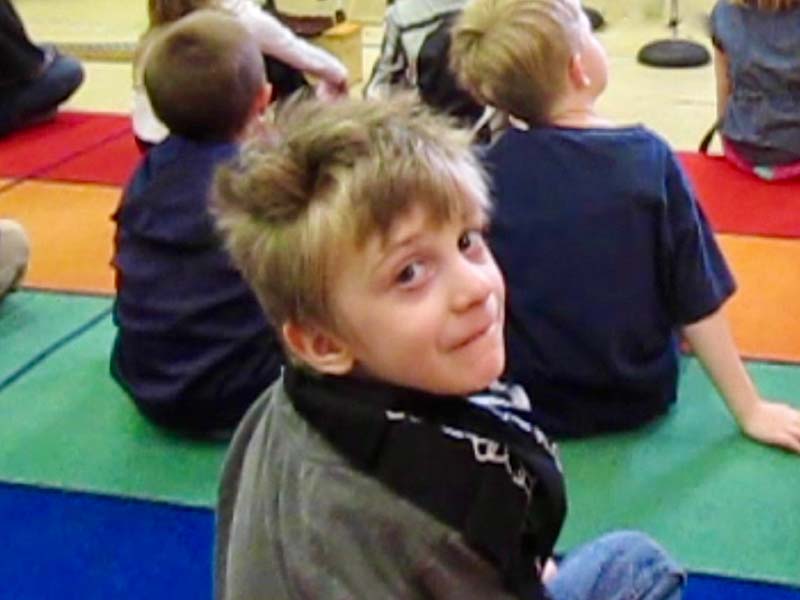Module 2: Defining Inclusion
INforming
These modules are designed to provide members of the school team with information to help them include students with complex needs. Information is essential for creating opportunities for students with multiple disabilities. The principle of informing is about ensuring that everyone supporting the student has the information they need to provide a meaningful school learning experience. Information tells us what support is needed and how it should be delivered.
Members of the school team are not the only ones who need information. Classmates need information too in order to help with the inclusion of their peers with complex needs. For those individuals who are holders of the information, there is also the responsibility of sharing that information. Classroom teachers and EAs need to share with other school staff what it is that their student is learning. This way, incidental opportunities for practicing learning objectives with people beyond the classroom can be fully utilized.
The following table identifies some of the opportunities for inviting the student with complex needs to belong:

| Challenge | Impact |
|---|---|
| Seeing the student as a learner | Helping classmates to see the student as a learner. This means providing information about who the student is, how they communicate, how they learn, and explaining that sometimes their learning is about different things. This knowledge can be provided in the context of asking what subjects they like, do well in, and how that can be different from their peers. The same is true about the student with complex needs. They have things they like better than others. Explore opportunities to find out more about each other. |
| Keep the school informed | Informing other staff and students in the school means expanding the number of people who can be recruited to support the student's learning. This can also generate more opportunities for inclusion. |
| Model engagement | The information we share can impact how a student with complex needs is understood and included. The way we share the information also has an impact. It is important for the classroom teacher and the EA to model how to connect and communicate with their student. This is the “how to” of informing, which is as important as “what” information is shared. |

Case Example: Ernie, continued
As we were setting up the activity, one of the students in the group said, “Why is he here? He can't talk.” It was clear to us that the task of involving Ernie in a group activity was complicated by the fact that other students didn't think he belonged. He was not a member of their group in this little boy's eyes. This classmate of Ernie's didn't see Ernie as a learner because he wasn't learning the same things. Having Ernie being seen as a member of the class is a necessary place to start. The opportunity presented here is to respectfully present Ernie as a learner. He's just learning different things. Role model engagement.
“You're right. Ernie doesn't talk, but he communicates in other ways. Can you tell when Ernie is happy? What does he do? Other than words, how do you show other people that you're happy? Ernie does that too! Ernie isn't learning to count by 3s like you are doing, but he's learning how to use the switch to participate in your group. All of us are learning to work in a group. That's something we all learn to do at school.”
Take time to introduce him to the group, so they know that he needs extra time to process information and co-ordinate his movements. Help him try, with as much support as is needed, to be successful in group work as he is learning new skills. Emphasize that Ernie is a student just the same as they are, and is learning the things he needs to learn. Present Ernie as a learner and highlight the similarities in what students are learning rather than their differences.


Example: You walk pass Matt every day in the hallway and say hello to him as you walk by, and you have never heard him respond to your hello.
- If you were aware that Matt was learning to return a greeting as a learning objective of his IEP, would it change how you engage with him in the hall?
- How might this interaction change if you knew Matt took 10 seconds to respond with a wave? For deeper reflection say hello and count out 10 seconds to feel what this interaction might feel like.